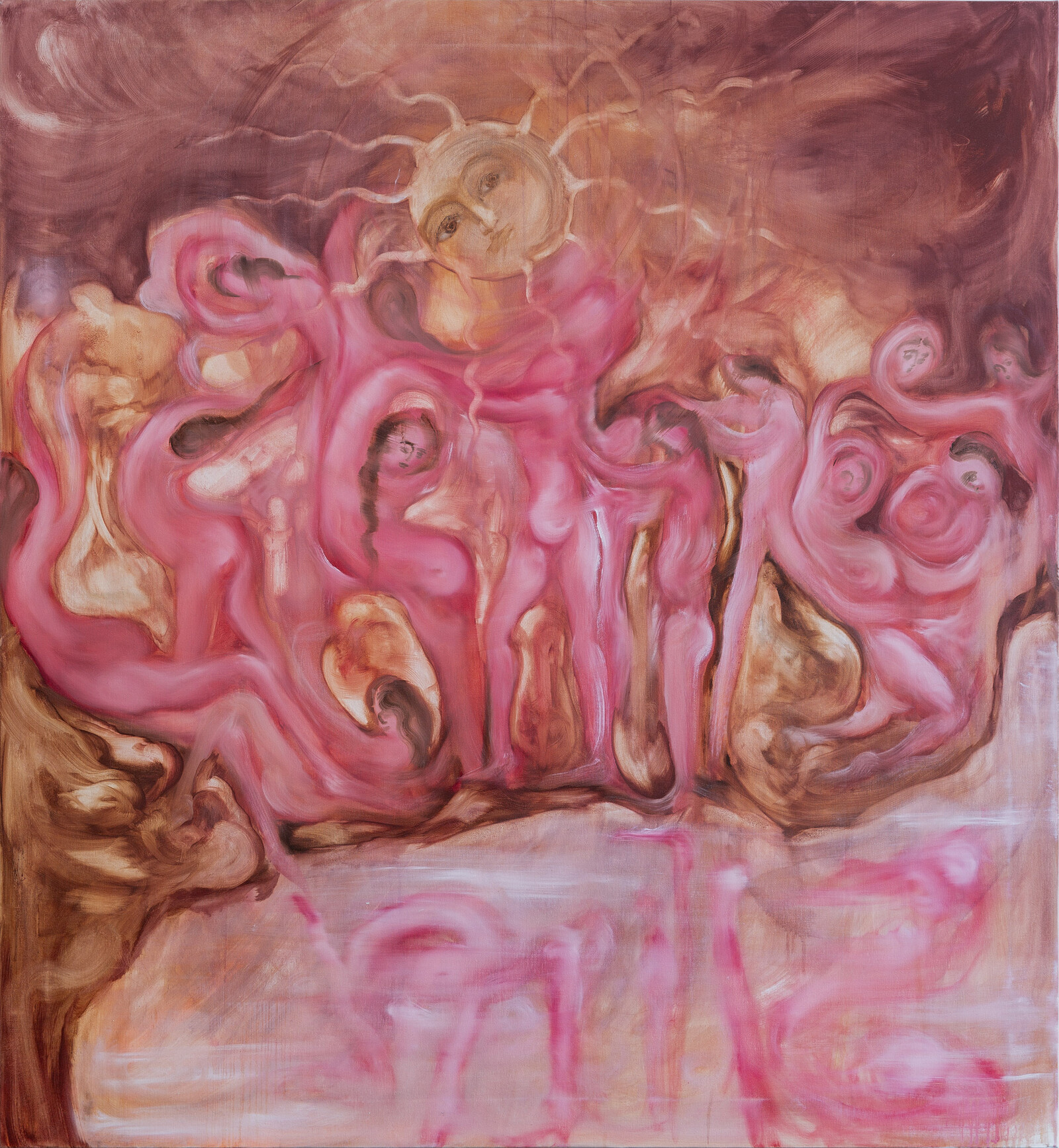Amsterdam-based collective IMAGINART provides an incisive survey of different artist-run socio-institutional experiments operating outside or in the margins of the state, in Palestine, South Africa, Indonesia, Hungary, the autonomous region of Rojava in northern Syria, Peru, and Italy—what they call “creative institutionalism.” Their ethnographic studies explore the role of artistic practices in reimagining and transforming societies from below. Jakub Gawkowski poses the question of the reception of Ukrainian artists in Poland, arguing that “the art of the Ukrainian diaspora in Poland can do more than speak of war and act as a perpetual reminder of the urgency of the situation. Besides providing a lesson about resilience amidst a sea of grief, this art can override fixed and binary categories of identity, and this is precisely why it’s crucial to consider it beyond the keywords of ‘visibility’ and ‘solidarity,’ regardless of how relevant and important these categories are.” And Bonaventure Soh Bejeng Ndikung writes a powerful essay about racism in the art world, in “Every Straw Is a Straw Too Much: On the Psychological Burden of Being Racialized While Doing Art”: “As a space where people expect progressive discourse, avant-garde politics, and liberal institutions, it comes as a surprise to some when racism is mentioned in the context of the art world. For this reason, racism is rarely thematized in the art world.”
Théorie Communiste, an ultraleft group active since the 1970s, emerged from debates after May ’68 about the meaning and legacy of left communism. In “Politics of the Rift,” Ray Brassier provides an in-depth analysis of their work, pinpointing the contradiction of class struggle today: “Class struggle unfolds in the rift between two impossibilities: the impossibility of affirming the proletariat without affirming capital and the impossibility of negating capital without negating the proletariat.” In an essay ranging over Marx and Engels, Lukács on Dostoevsky, the pandemic, and contemporary anti-government “non-movements,” Hunter Bolin reviews the anonymously authored Conspiracist Manifesto, recently translated from French: “Conspiracist Manifesto is unique among communist books in empathizing with the insanity of many proletarians’ misguided motives, which often take the form of conspiracy theories. Indeed, it welcomes this insanity in a bid to incorporate it all into a revolutionary conspiracy.” And Boris Groys and Andrei Arkhangelsky enter into conversation about the war against Ukraine, Russian militarism, and Putin’s “conservatism without anything to conserve” in “Russia Has Put Itself in an Impossible Situation.”
Turning to literature: in “The Unquenchable Fire of Rachel Pollack,” Alice dos Reis pens a passionate appreciation of the work of Tarot expert and visionary science fiction author Rachel Pollack, who passed away last April. “Imbued with magic and a profound mystical knowledge, an ouroboros-like perspective on life and death, radical feminist spirituality, and explicit queer love (and sex), Pollack’s novels demand revisiting.”
And in film and video art: Min Sun Jeon speaks with Alison Nguyen about her latest film, history as hypnosis, a speculative science fiction involving erased memory, the legacy of the war in Vietnam, and AI, which delves into “complex layers of history, memory, and multiple temporalities.” Finally, Pietro Bianchi, using a psychoanalytic lens, writes about that giant Mattel advertisement wrapped in a self-critical shell that is the Barbie movie, highlighting the problem of Barbie’s sexuality, or lack thereof, as symptomatic of a wider cultural ideology that “does not know what to do with sex.”
